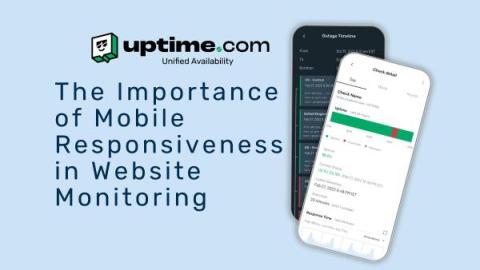Incident Management: 5 Best Practices for Seamless Operations
Website incidents happen at any time for any reason. Your website might stop responding to customers. Performance may slow down. Main pages start giving client or server errors. And when they do strike, it brings frustration and confusion to your customer, leading to lower trust and engagement.











